
Back to Blogs
Discover
American Connections
From Bartholomew Gosnold, who founded Jamestown in Virginia, the American ancestors of the Barons of the Magna Carta to the thousands of GIs welcomed to this part of Suffolk. The Bury St Edmunds area shares many historical links with our American friends.
Godspeed - Bury St Edmunds Links to Jamestown, Cape Cod and Martha’s Vineyard

Bartholomew Gosnold (photo courtesy of Preservation Virginia) and The Godspeed by Jonathan Clarke and
Bury St Edmunds explorer and lawyer Bartholomew Gosnold founded the first permanent English settlement in America, Jamestown, in 1607.
Visitors to Bury St Edmunds can see a permanent reminder of Gosnold’s adventures in the Refectory garden of St Edmundsbury Cathedral. A beautifully modern piece of art which depicts Gosnold’s ship, the Godspeed, by artist Jonathan Clarke.
Bartholomew made his first voyage to the New World in 1602, and it was on this voyage that he named Cape Cod. Further south he found a single small island which, in memory of his little daughter who died in Bury St Edmunds before the age of 2, he named Martha’s Vineyard. As Martha was baptised at St James’ Church (now St Edmundsbury Cathedral) in 1597 it is thought that she is buried in the Great Churchyard, although there is no marked grave. His son Robert, Susan, Bartholomew, Paul, and another Martha were all baptised at St James' Church.
On his second journey to the New World, Bartholomew named the proposed settlement Jamestown in honour of the king on May 13 1607, he died just 4 months later.
Bartholomew Gosnold is considered by Preservation Virginia to be the "prime mover of the colonization of Virginia".
Read more on our Bartholomew Gosnold blog.
American Magna Carta Ancestry and Bury St Edmunds
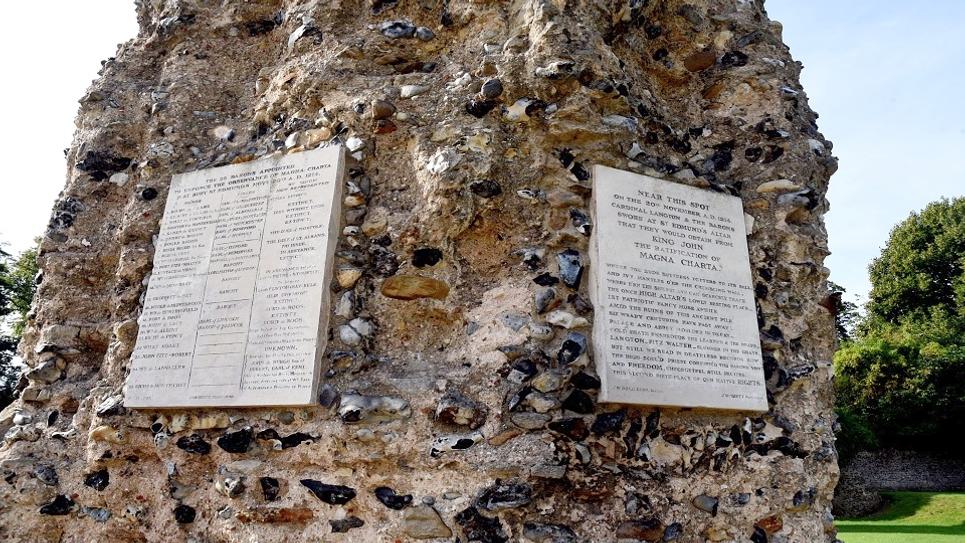
Bury St Edmunds has a pivotal role in the history of the Magna Carta, a charter of liberties on which the American Constitution is based, and American families can often be found in the town to trace their ancestry back to the Barons who made it all happen.
In November 1214, 26 barons had met secretly at Bury St Edmunds Abbey, and swore an oath to compel King John to accept The Charter of Liberties, a proclamation of Henry I. It was the direct precursor to Magna Carta a year later.
The US-based National Society Magna Charta Dames, who can trace their ancestry back to the original barons, donated the Shields of the Barons carved around the walls of the quire and sanctuary at St Edmundsbury Cathedral which you can see today.
The Winthrops

Portrait of Massachusetts Bay Colony Governor John Winthrop. It was held in the Winthrop family until the 19th century, when it was donated to the American Antiquarian Society.
John Winthrop was an English Puritan lawyer, educated in Bury St Edmunds, and one of the leading figures in founding the Massachusetts Bay Colony, the second major settlement in New England, following Plymouth Colony.
His son, also John Winthrop, was the chief founder of Agawam, now Ipswich, Massachusetts, in 1633. Educated at Bury St Edmunds Grammar School now King Edward VI School in Bury St Edmunds, in 1631, he followed his father to Massachusetts Bay and was one of the "assistants" of the Massachusetts Bay Colony.
He became one of the magistrates of the Connecticut Colony in 1651, was governor of the colony in 1657–1658, and again became governor in 1659, being annually re-elected until his death. During his time as Governor of Connecticut, he oversaw the acceptance of Quakers who were banned from Massachusetts. Besides being Governor of Connecticut, he was also one of the commissioners of the United Colonies of New England in 1675.
The Friendly Invasion

The United States 8th Army Air Force (USAAF) arrived in Suffolk in 1942, known as ‘The Mighty Eighth’.
Between then and 1945 there were thousands of USAAF personnel stationed in Suffolk. They included bomber and fighter groups. The impact of this 'Friendly Invasion' was enormous and has left many lasting links between our two countries.
Rougham Control Tower Aviation Museum is dedicated to the American Airmen/women who served in the 322nd Bomb Group and the 94th Bomb Group of the ‘The Mighty Eighth’ during WWII.
This was the home of 322nd Bomb Group flying the B-26 Marauder before the 322nd left for Earls Colne in June 1943, exchanging bases with the 94th Bomb Group flying the B-17. Today the control tower stands as a memorial to all those who flew from Rougham, and houses a museum containing a number of artefacts and stories of those who flew from the base, including Brigadier General Frederick W Castle who won the Congressional Medal of honor for his actions on Christmas Eve 1944.
Just 3 miles from Bury St Edmunds, the museum is open every Sunday from April to October. Free entry. Visit Rougham Control Tower Aviation Museum's website for more information. Visit our Masters of the Air Guide for more information.
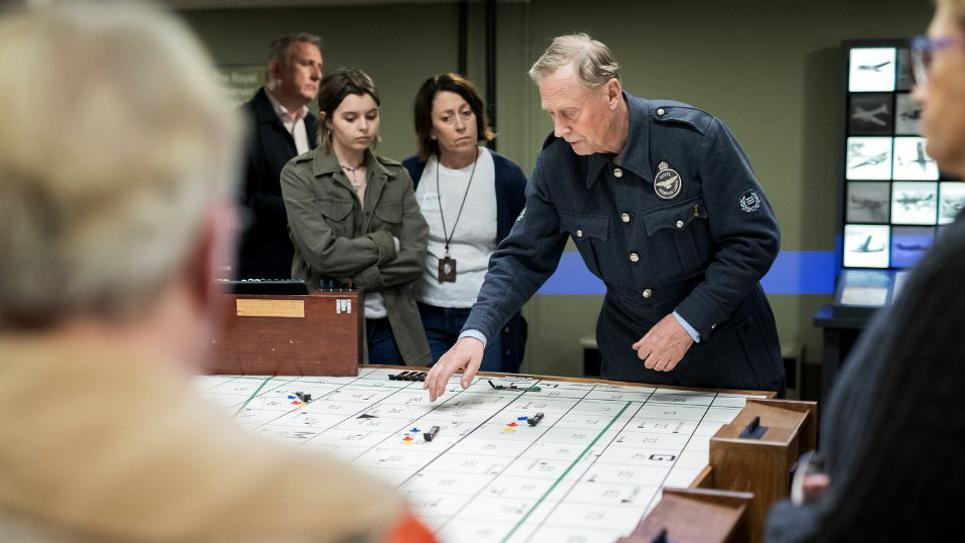
Bury St Edmunds Guildhall
Bury St Edmunds Guildhall
Located within Bury St Edmunds Guildhall is a former Royal Observer Corps (ROC) WWII wartime Operations Room from 1939, converted from the old 1806 Council Chamber – the only surviving room of its kind in the country.
It was from this room throughout World War II that the air defence of Suffolk was coordinated with the RAF and the USAAF crews.
Of the forty such Operations Rooms that were constructed this is the only example which survives structurally intact. Due to the fact that its closure as an operational centre happened to coincide with the original listing process, the fabric of the Operations Room has been left largely as it was the day the last operational commander left the building. It was manned and operated mostly by civilians drawn from the local population.
It is regarded as a nationally important historic site in its own right, but it also holds a treasured place in local memory with some surviving operators and many family members keenly interested in its future.
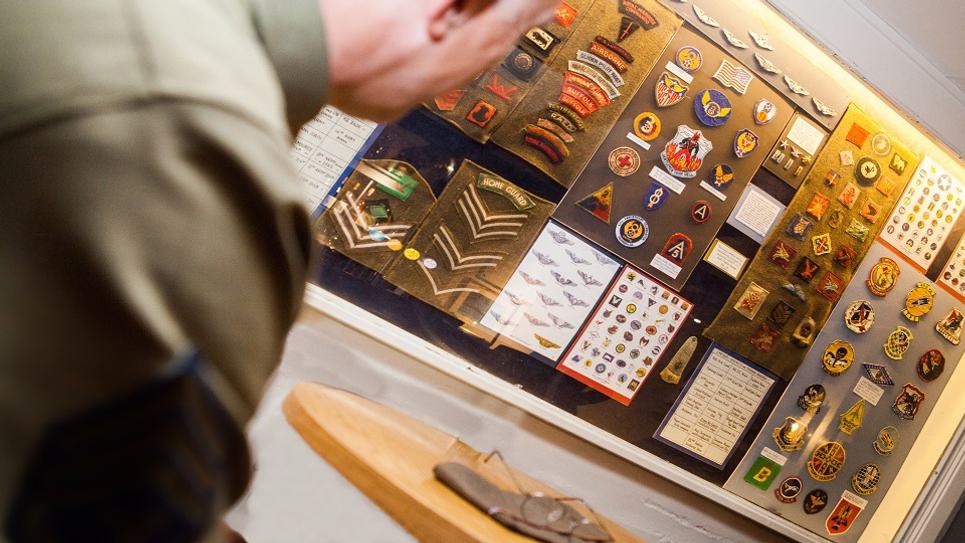
The Airmen's Bar
RAF Lavenham
RAF Lavenham was the home of the 487th Bombardment Group. The 487th flew 185 missions and more than 6,000 sorties whilst stationed at Lavenham during the Second World War.
Many US airmen congregated in the 15th Century pub The Swan. Now part of The Swan at Lavenham Hotel and Spa, it is called The Airmen’s Bar, in honour of the many servicemen from RAF Lavenham and beyond who would come to relax, drink and socialise. A wonderful collection of signatures of the US servicemen who drank there has been lovingly preserved and mementos adorn the walls turning it into a living piece of history.
You could always have a go at the Boot Record, a challenge to drink three and a half pints of ale from a glass boot in record time and don’t forget to try the 487th Commemorative Beer.
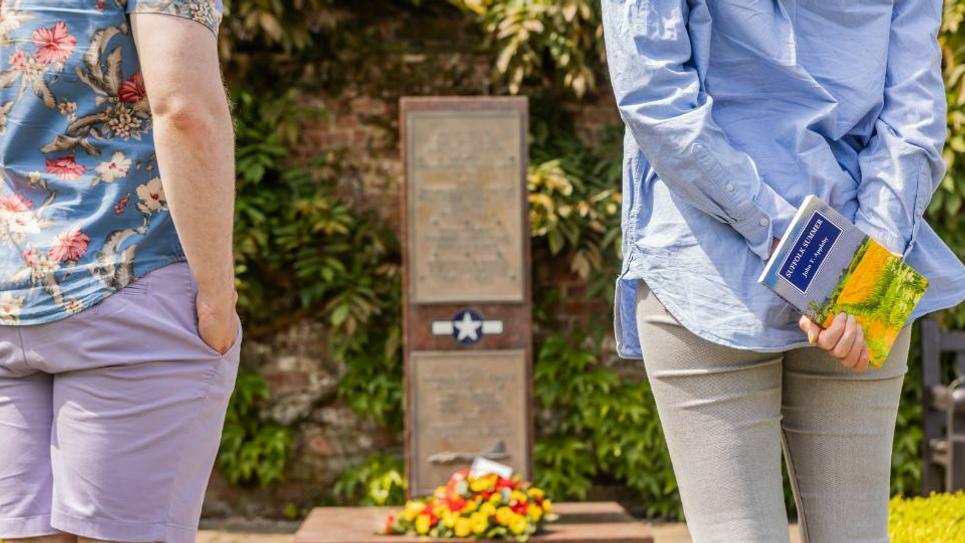
The Appleby Rose Garden in the Abbey Gardens
Technical Sergeant John T Appleby's Rose Garden
An American Technical Sergeant named John T Appleby served with the 487th Bomb Group in Lavenham, for just the last six months of the war. But it was long enough for him to fall in love with Suffolk.
He wrote a book called Suffolk Summer and donated his royalties to fund The Abbey Gardens Rose Garden as a lasting memorial to the brave young men who lost their lives so far from their homeland.
Originally an orchard, the garden has over 400 rose bushes and a very unique feature is a beautiful bench made from the wing of an American 'Flying Fortress Bomber'.
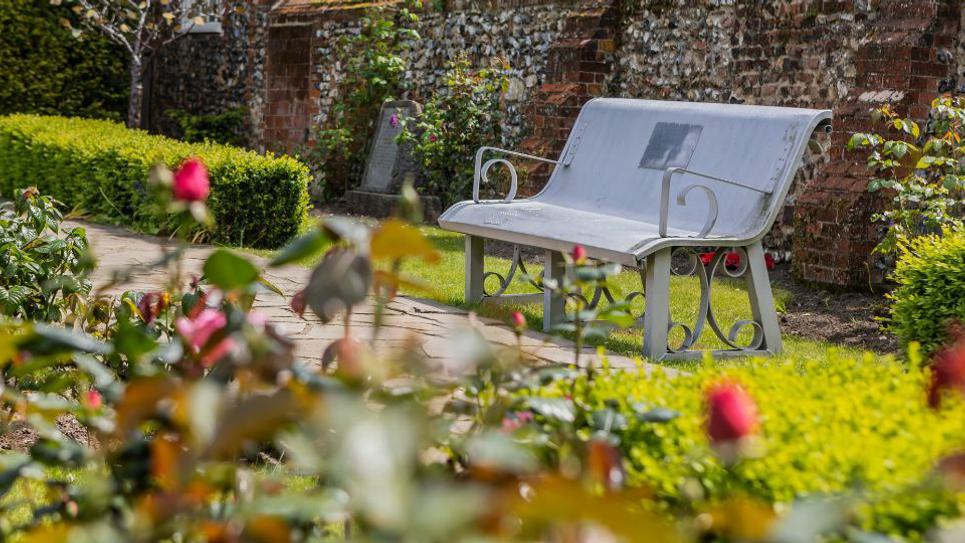
B17 Flying Fortress Bench in The Appleby Rose Garden in the Abbey Gardens
Rattlesden and the 447th Bombardment Group
The 447th Bombardment Group were based in Rattlesden, 12 miles from Bury St Edmunds.
At St Nicholas’ Church in Rattlesden you can find a memorial recognising the servicemen’s courage, determination and skill under stress of combat and dedicated to Squadrons 708,709, 710, 711 of the 447th Bombardment Group, 3rd division, 4th combat wing, Eighth Air Force.
Salem Witch Trials
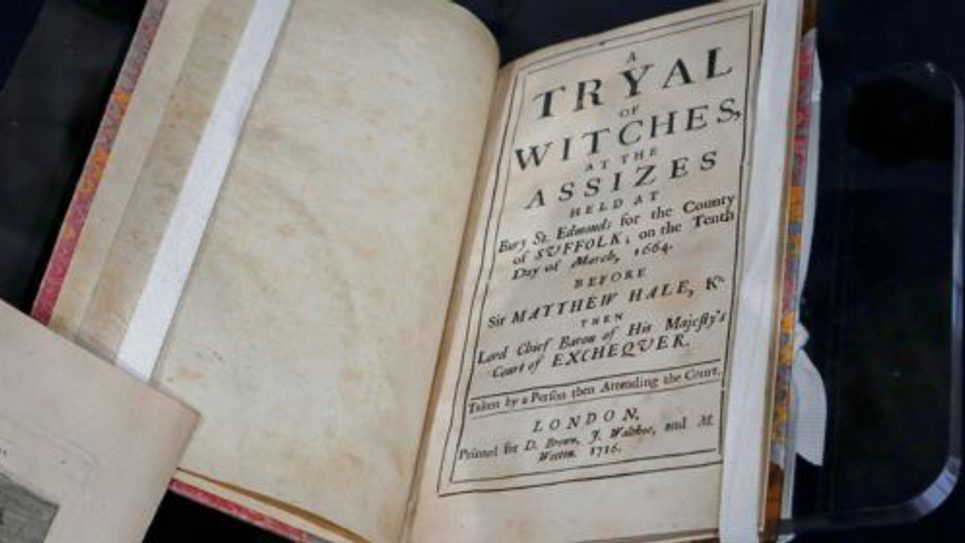
A Tryal of Witches Book on display at Moyse's Hall Museum in Bury St Edmunds
The trial of two elderly widows from Lowestoft, held in Bury St Edmunds in 1662 set a legal precedent that directly influenced the Salem witch trials in Massachusetts.
The tragic story of Amy Denny and Rose Cullender who were accused, tried, and executed for witchcraft in Bury St Edmunds, is preserved in a historical booklet entitled 'A Tryal of Witches'. This document offers a detailed account of their 1662 trial, 20 years after their execution. Originally published in 1682 by an unknown author, a reprinted 1716 edition can now be seen at Moyse’s Hall Museum in Bury St Edmunds.
The 1682 booklet ‘A Tryal of Witches’ was consulted by Salem magistrates when determining what types of evidence were admissible. The trial directly influenced the legal thinking of Cotton Mather, a prominent minister during this time. The case is significant because it remains one of the most detailed records of an English witch trial and allowed “spectral evidence” from single uncorroborated witnesses.
Historian and Author Ivan Bunn, who wrote A Trial of Witches - a Seventeenth-century Witchcraft Prosecution with US criminologist Professor Gilbert Geis, notes that the Salem trials might not have taken place had it not been for the Bury St Edmunds trial.
Find out more about the trial in our blog.
Related Blogs
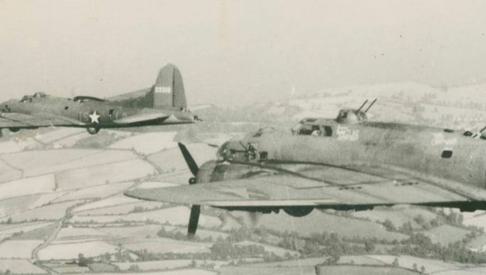
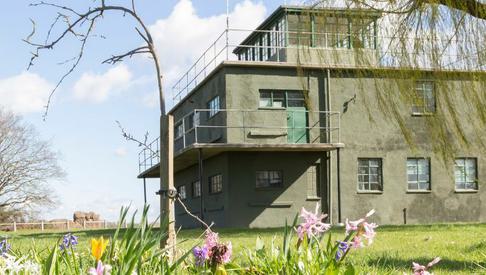
How a Bury St Edmunds Air Base Made History
Bury St Edmunds was home for thousands of American…
View More
A Suffolk Summer - The Book Written in WWII…
American Serviceman John Appleby's book A Suffolk…
View More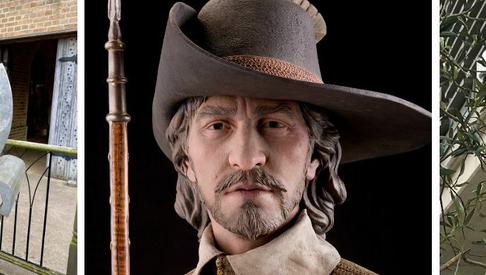
How A Bury Lawyer Founded Jamestowne
Discover how lawyer Bartholomew Gosnold left Bury St…
View More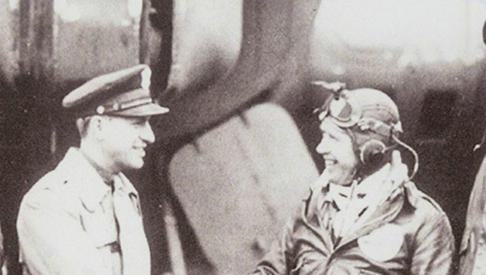
Untold Stories of Masters of the Air:…
The extraordinary stories of the Americans who came to…
View More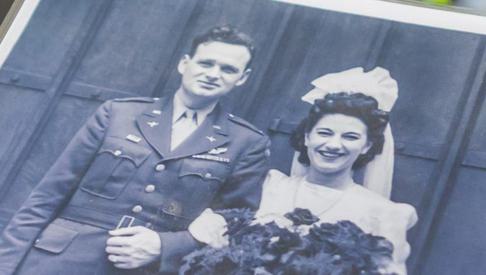
Untold Stories of Masters of The Air: Edith…
How Local Girl Edith Married Handsome American GI Tom
View More
Bury St Edmunds Role in the Magna Carta
The Magna Carta is widely recognised as one of the…
View More
Related Blogs

News
Bury Tour Guides to launch…
Bury St Edmunds Tour Guides to Introduce new tours in…

News
Town’s Museum Forms New…
Moyse’s Hall Museum will be forging links with a…

News
St Edmundsbury Cathedral…
St Edmundsbury Cathedral in Bury St Edmunds is…
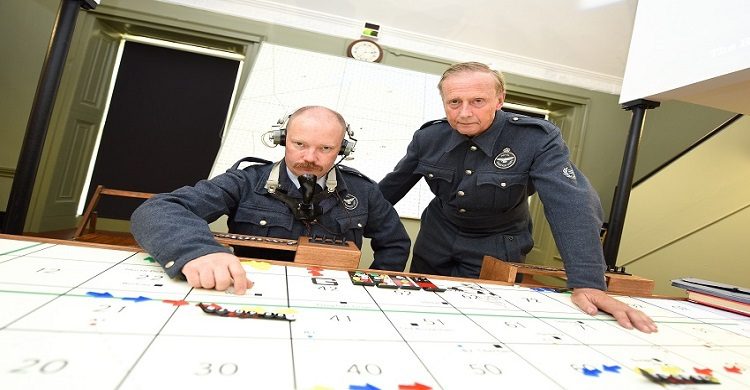
News
Bury St Edmunds & Beyond…
Step inside many of Bury St Edmunds historic buildings…

News
Bury's Best Pubs with a Past
some notable, historic and somewhat quirky pubs and…
Latest news

News
How to Spend Betwixtmas in Bury St Edmunds & Beyond
The post Christmas period is the perfect time to get out and about before the new year kicks in, and you’ll find plenty of activities and places to visit in Bury St Edmunds and beyond.

News
Parents Guide to Pre Christmas Entertainment
It's the school holidays and with Christmas just around the corner we've put toegther a guide on places to take the kids to keep them entertained until Santa visits!

News
Enjoy a Festive Afternoon Tea in 2025
Celebrate the Christmas season with a festive afternoon tea in Bury St Edmunds & Beyond...

News
Festive Winter Walks
Get outside and enjoy the fresh crisp winter air with one of these walks in Bury St Edmunds and Beyond!

News
Bury Tour Guides to launch new tours next year after successful 2025
Bury St Edmunds Tour Guides to Introduce new tours in 2026 and continue the successful Food and Drink Tours!

News
New in Bury St Edmunds For 2026
A sneak peak into new attractions visitors can enjoy in Bury St Edmunds in 2026.

News
Baby It's Cold Outside... Things To Do When the Weather Turns Frosty
Just because the temperature’s dropped doesn’t mean the fun has to! If you’re visiting town during the chillier months, there’s still plenty to see, do, and experience.

News
Places to sit by a roaring fire in Bury St Edmunds & Beyond
Warm up by a roaring fire this winter in Bury St Edmunds & Beyond...

News
Christmas Park and Walk 2025
Additional parking has been provided by West Suffolk Council in partnership with Greene King this Christmas.
